Three Overused Fashion Trends
April 27, 2019
Walking around campus, it feels like everyone has started to look the same. The fashion we don, masculine and feminine alike, has all started to meld into a few “unique” subtypes of fashion. Modern fashion is reminiscent of past eras when new styles and combinations of accessories and clothing were popping off constantly. What happened to the diversity in clothing we had back in the 2000s and earlier?
Today, teen fashion has seemingly split off into three subgroups. We have the bright colored streetwear articles attempting to replicate the look of the 1990s consisting of checkerboard prints, flame decals, windbreakers, clothing with obscure one-liners, and anything else straight from the racks of teen fashion giants like Forever 21.
Next, are the wannabe mall-goths of the 2000s. Self-proclaimed “e-girls” and “e-boys” sporting chain link chokers and belts, big black bell bottoms, outfits plastered with images of roses, and “emo” accessories and makeup that strives for a look that breaks society’s conventions, but falls short.
Finally, today’s indie fashion takes inspiration from the ’80s and ’90s, and consists of muted pastels and warm tones, mom jeans, turtleneck sweaters, overalls, corduroys and velvets, and striped long sleeves under t shirts. While the aesthetic is cutesy, its wearers all tend to look the same.
The great unifier of these trends? Giant, clunky shoes that look more like something you’d buy at an orthopedic store rather than your everyday sneaker.
Of course, not everyone fits into these categories. Many people prefer the casual look of simple t-shirts and jeans, and there’s nothing wrong with that. Not everyone has to be a fashionista, but don’t claim you’re an innovative, unique fashion icon when you’re wearing the same things everyone else is wearing.
A big problem with the state of fashion today is the pressure to emulate wealthines. A lot behind the ‘hypebeast’ culture among teens is just the desire to buy expensive clothing and show it off to your peers. The designer article you bought might look like something you could buy at your run-of-the-mill department store, something absurd (like Balenciaga’s “T-shirt shirt,” a plain shirt with another shirt attached to the chest that retailed for more than $1000), or just won’t even look good on you, but the price tag is more important than looking good.
The conflation of price and style is wrong at the very least, and we need to stop calling brands “high fashion” when we really just mean expensive and plain.
This pressure to appear wealthy also applies to non-designer clothes. Forever 21 is notorious for copying designer fashion and have been sued countless times for their knockoffs. They have also ripped off several smaller-scale designers of their fashions. What happened to stores curating their own styles for their target audience? It’s obvious that one of teens’ most loved clothing store’s creativity has been suppressed.
Another force contributing to the homogeneity of teen fashion are the figures teens look to for fashion inspiration, the so-called “models” we see on Instagram and Twitter praised for their uniqueness in style. Layla “toopoor” Shapiro, thrown into the public eye due to her relationship with the late rapper Lil Peep, was idolized for her “goth” look and she is accredited with restarting the wave of the pseudo-emo “e-girl” look. Now, we see a million others walking through the halls head-to-toe in all black adorned with chains and imagery of dead roses. It’s natural for people to want to imitate their favorite models or celebrities, but when that style gets to the level of a fad, it’s time to swim against the current if you want to continue having unique looks.
It’s time to bring back actual vintage fashion instead of artificial looking copies with a 2019 twist. The pieces we have today in Forever 21 are suggestive of past eras, but try too hard. The actual brands making those iconic staple pieces of the 1980s to the 2000s like JNCO Jeans, Von Dutch, Juicy Couture, Baby Phat need to come back and the brands still existing need to go back to their roots if we really want a vintage renaissance. In the meantime, so-called fashion icons need to step up to the plate and experiment with new styles and start innovating new fashions of their own, or we’re doomed to live in a world of e-girls and boys, indie kids, and 90s wannabes for the rest of our lives.

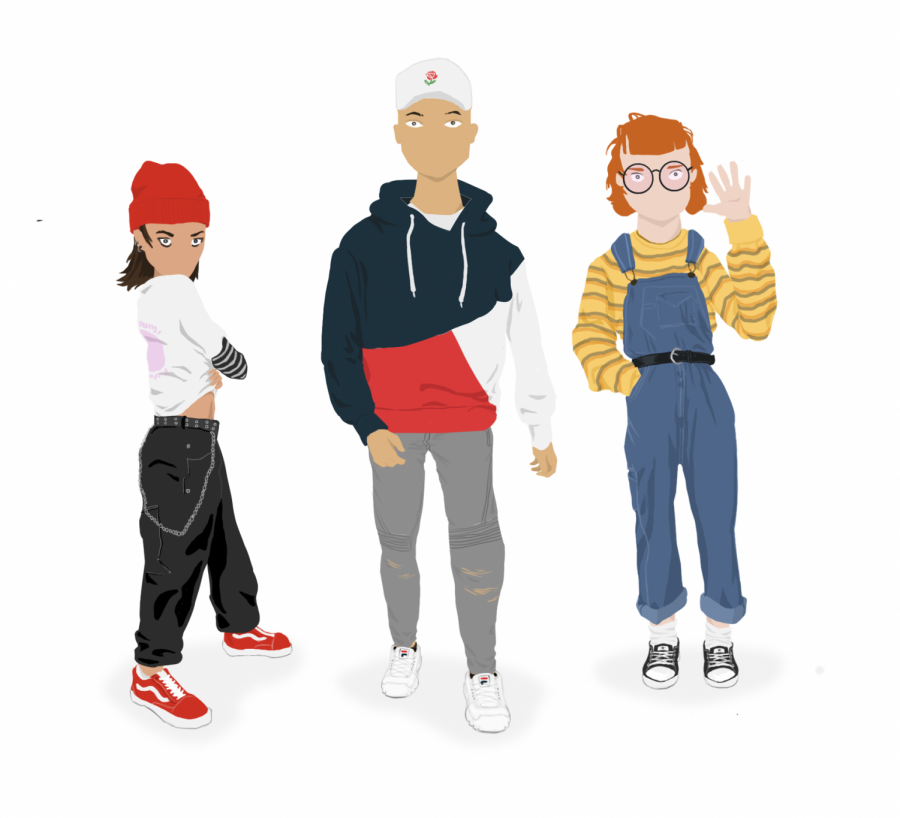

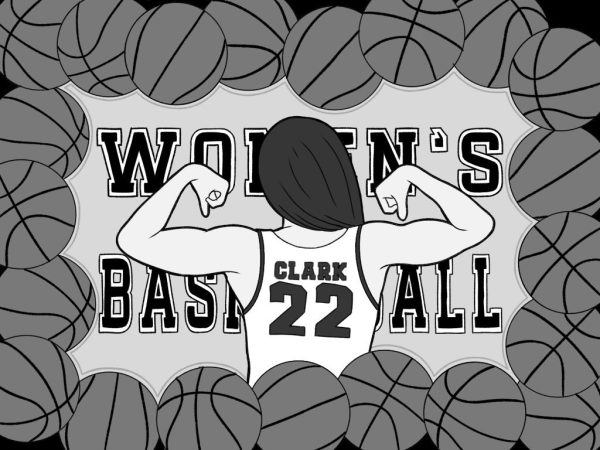

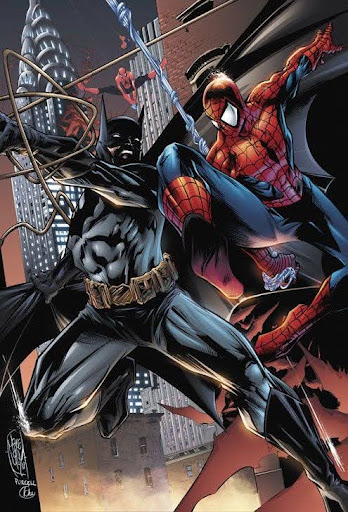
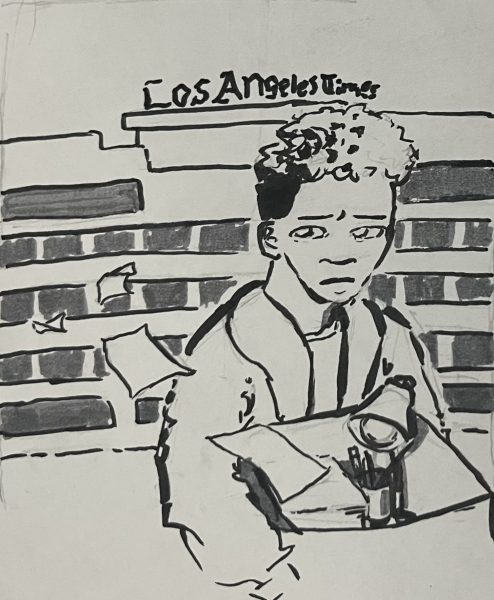
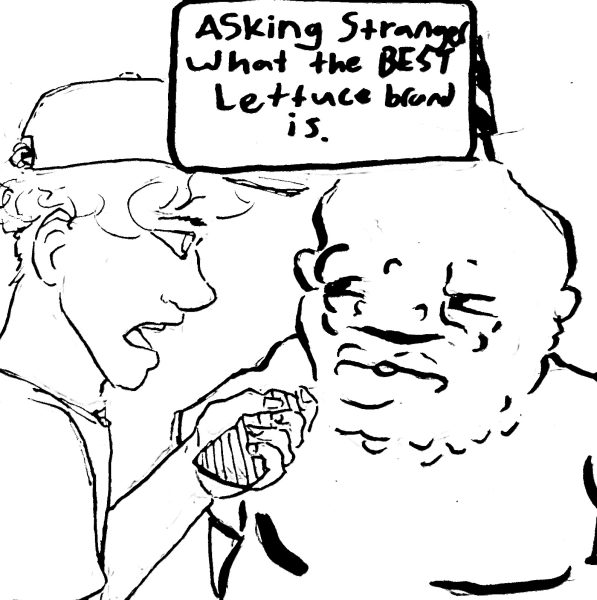
Grant Drucker • May 7, 2019 at 1:51 PM
This article seems that it was meant to be in the entertainment section but after the revision realized how stupid this article is and how it is written so then they decided to put it in the opinion section to put it under the guise of “Oh it’s just my opinion.”
You start off by explaining how that fashion has been divided into three sub groups and later adding that there are some outliers. Although reading through it, I can’t figure out what your opinion is.
“Of course, not everyone fits into these categories. Many people prefer the casual look of simple t-shirts and jeans, and there’s nothing wrong with that. Not everyone has to be a fashionista, but don’t claim you’re an innovative, unique fashion icon when you’re wearing the same things everyone else is wearing.” What is this point of this statement?
Are you for or against fads? For one second you’re criticizing people for their similar taste in their clothing and then you argue that it’s bad to have a normal t-shirt and jeans as long as you don’t say “I’m innovate,” which no one says so that whole point is pointless.
What’s wrong with people wanting expensive clothing? Even if it looks like garbage, it’s just clothing. Like your points, it just opinions, but why write this in a newspaper expecting people to have a serious reply or understanding when this topic is an equivalent to a BuzzFeed article level of importance. There has to be something with more substance that you can come up with in a month that has more to say than “I don’t like your clothing so that means it’s bad.”